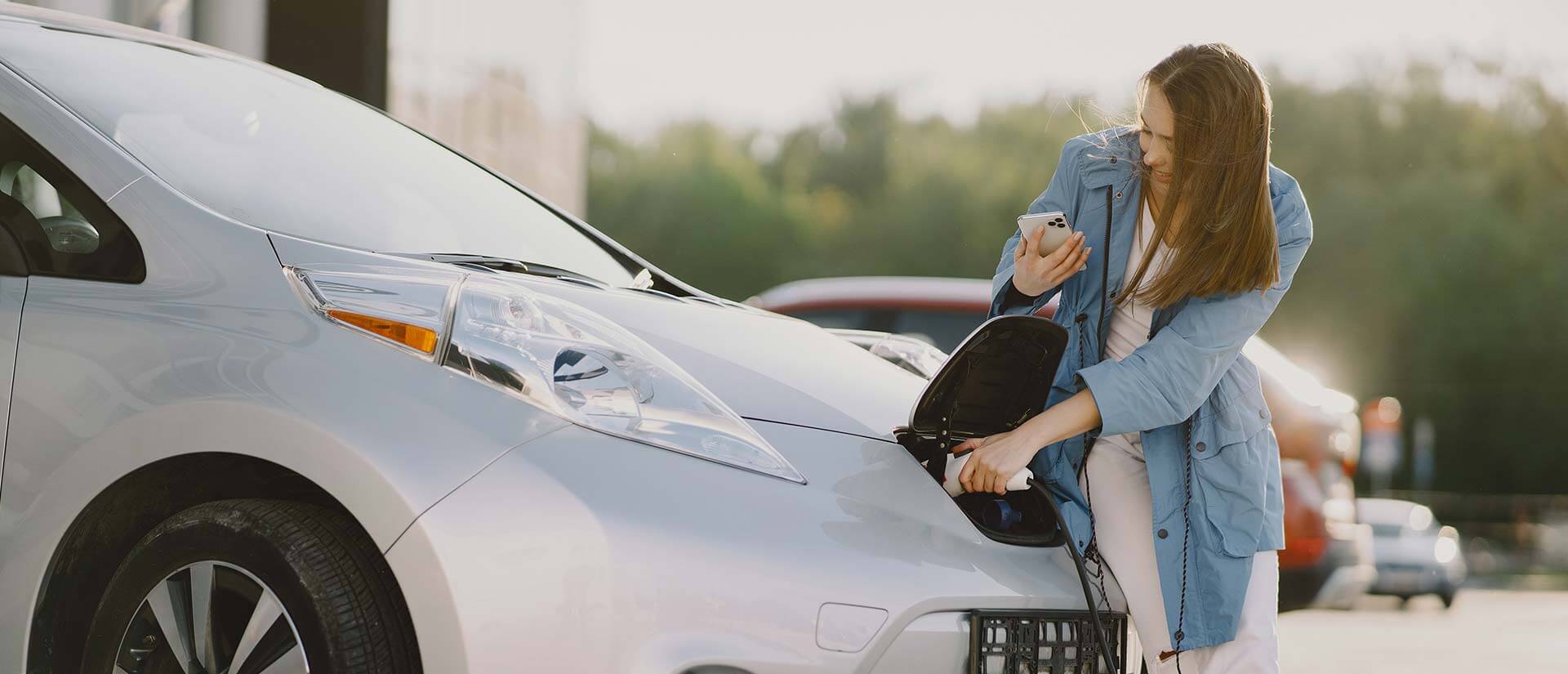If your car breaks down on the highway due to a dead battery, it can be both frustrating and dangerous—especially in busy traffic or poor weather conditions. This UK-focused guide explains how to safely jump-start your car, what tools you’ll need, and when it’s smarter to call our 24/7 towing service for expert help. Read on for a step-by-step breakdown that puts safety first.
1. Recognise the Signs of a Dead Battery
The first step when your car breaks down on the highway is identifying whether the issue is a dead battery. Common signs include:
- The engine won’t turn over or cranks slowly.
- Interior lights or dashboard won’t come on.
- A clicking sound when you turn the ignition.
- The car has been parked with lights or electronics on.
If you’re unsure whether the battery is the cause, or if there’s a chance of electrical system damage, it’s best to call a professional.
2. Gather the Right Tools for a Safe Jump-Start
If it’s safe to do so and you’re confident the issue is a dead battery, you’ll need the following items:
- A set of jumper cables or a jump starter pack.
- A second vehicle with a fully charged battery (if using cables).
- Gloves and eye protection.
Always pull over to a safe location—preferably the hard shoulder or an emergency refuge area (ERA) on a smart motorway—before attempting anything. If your car breaks down on the highway in an unsafe spot, call 999 and then our 24/7 towing service.
3. How to Jump-Start Your Car Step-by-Step
Follow these instructions carefully to avoid injury or damage:
- Turn off both vehicles and set the handbrakes.
- Connect the red cable to the positive (+) terminal of the dead battery.
- Attach the other end of the red cable to the positive (+) terminal of the working battery.
- Connect the black cable to the negative (-) terminal of the working battery.
- Attach the other end of the black cable to a grounded metal point on the car with the dead battery (not the battery itself).
- Start the engine of the working car.
- Try starting your car. If successful, let both engines run for a few minutes.
- Remove the cables in reverse order.
If the car doesn’t start after a few tries, don’t force it. It may require professional diagnostics or a battery replacement.
4. Know When to Call a Professional
Jump-starting isn’t always the safest or best option—especially if:
- You’re not familiar with car mechanics.
- The battery is visibly damaged or leaking.
- You don’t have the right tools.
- Your car breaks down on the highway in a high-risk area.
In these cases, our UK-wide 24/7 towing service is ready to help. Whether it’s rush hour on the M25 or a rainy night on the A1, we’ll be there quickly with safe, professional service.
Why Call Us?
- Fast roadside response anywhere in the UK.
- Safe transport to your home, garage, or nearest service centre.
- Technicians trained to handle battery and electrical issues.
5. Prevent Future Battery Breakdowns
Avoid getting stuck again with these quick tips:
- Replace your car battery every 3–5 years.
- Don’t leave electronics running when the engine is off.
- Keep jumper cables or a jump starter pack in your boot.
- Schedule regular servicing to spot battery issues early.
- Save our 24/7 towing service number in your phone.
Next time your car breaks down on the highway due to a battery failure, you’ll know exactly what to do—or who to call.
Fast Response When Your Car Breaks Down on the Highway Whether you’re facing a dead battery or another issue, don’t take risks. Our 24/7 towing service provides quick, professional assistance across the UK. From jump-starts to full recovery, we’ve got your back.

